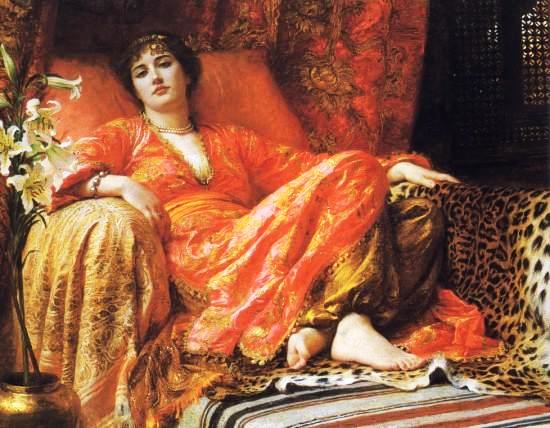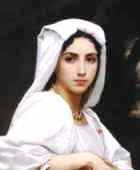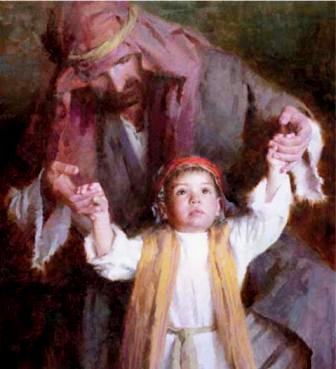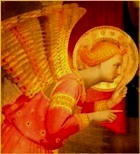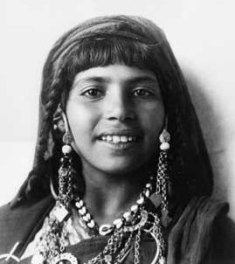Ancestors of Jesus in Matthew’s gospel
What’s on this page?
Books about the women ancestors of Jesus in Matthew’s gospel.
Why are they mentioned at all?
What’s the point Matthew was trying to make?
The opening section of the genealogy generally mirrors the Hebrew Bible, but it departs from normal Jewish practice in one important respect: it includes the names of four women. The fifth name, Mary mother of Jesus, will appear in the final generation in the last set of fourteen.
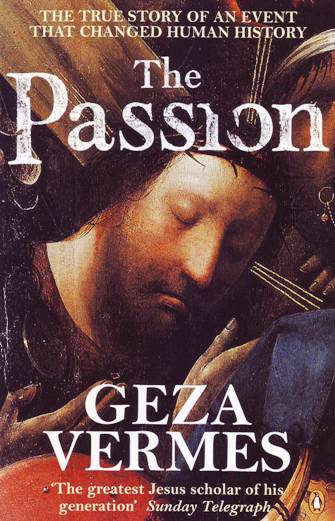 This is a remarkable oddity as biblical genealogy always runs on the paternal line… A similar rule governs the inheritance of property too. Matthew’s reference to women is patently not regular — there are only four, not fourteen, names of females in the first fourteen generations – nor is it accidental. It has an unspecified message to convey. If we discount Mary, who has a very particular role to play, what the other women mentioned have in common is that they all seem to be of foreign stock or have a foreign husband….
This is a remarkable oddity as biblical genealogy always runs on the paternal line… A similar rule governs the inheritance of property too. Matthew’s reference to women is patently not regular — there are only four, not fourteen, names of females in the first fourteen generations – nor is it accidental. It has an unspecified message to convey. If we discount Mary, who has a very particular role to play, what the other women mentioned have in common is that they all seem to be of foreign stock or have a foreign husband….
The other distinguishing feature of three out of the four of the women concerned is some kind of marital irregularity.
- Tamar, the widowed daughter-in-law of Judah, pretended to be a prostitute on the roadside and seduced her father-in-law, who had sex with her without realizing who she was.
- Rahab was a professional prostitute from Jericho and
- Bathsheba committed adultery with David.
However, the first two women are held blameless by the Bible and Jewish tradition. In Tamar’s case, the guilt lay with Judah, who prevented another of his sons from marrying Tamar. In a rather unusual way she just reasserted her right to bear a son in the family. Rahab redeemed herself when she saved the life of the spies sent by Joshua to reconnoitre the land of Canaan. As for the case of Bathsheba, the real culpability lay with David, who not only slept with another man’s wife, but to all intents and purposes murdered the husband. The Moabite Ruth was guiltless.
….The most likely reason for Matthew to single out these women and record their names in the ancestry of the Messiah is his intention to underline that, although Jesus, the son of Abraham, was Jewish, his remote lineage comprised non-Jews too, at least on the female side, and that in consequence he was of interest to non-Jews also. Here is the first surprise disclosure in a genealogical list which is normally regarded as dull.
The Nativity, History & Legend, Geza Vermes, Penguin Books, 2006, p.28-30
‘Matthew’s genealogy has a couple of important twists that make significant theological points about God.
First, although the lists are patriarchal, at four key points they diverge to mention women: Tamar, Rahab, Ruth, and the wife of Uriah (Bathsheba). These women either were involved in questionable sexual relationships (Tamar with Judah [Gen 38]; Rahab by vocation (Josh. 2]; Bathsheba with David [2 Sam. 11]) or represent the surprising presence of Gentile women (Rahab; Ruth).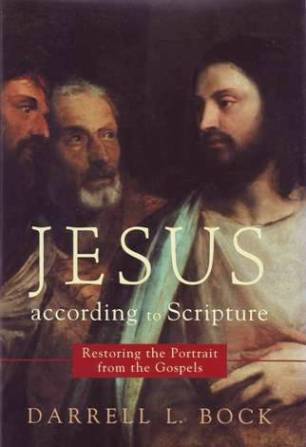
They all have a connection to rumors about illegitimacy.
The conscious pointing out of these dimensions show that God’s work includes people of all sorts of backgrounds and races. Thus, even though the genealogy is national and Davidic, the suggestion that the story has a broader scope is present in these surprising inclusions——not just of some women, but of women with this diverse background.
Second, Matthew presents Joseph’s genealogy as the legal right that Jesus has to the Davidic throne.
In part, that right comes through his presence in Joseph‘s house. Nevertheless, Matthew also is clear that Jesus’ biological connection to the family comes only through Mary. In v. 16, Matthew says, “Mary, (from whom – a feminine relative pronoun in Greek) Jesus was born who is called the Christ.”
This note is the first hint that Matthew affirms the unusual, divinely wrought character of Jesus’ birth.’
Jesus according to Scripture, Darrell L. Bock, Baker Academic, 2002, p.56-7.
Matthew’s genealogy begins with the Greek expression biblos geneseos, which means ‘the book of genesis’. This mirrors the beginning of the micro creation account in Genesis 2:4—’This is the biblos geneseos of heaven and earth’ – and Genesis 5:1 – ‘This is the biblos geneseos of Adam.’ Matthew was narrating the record of the new creation with Christ coming into the world as the new Adam.
Significantly, Luke called Adam “the son of God” in his genealogy.
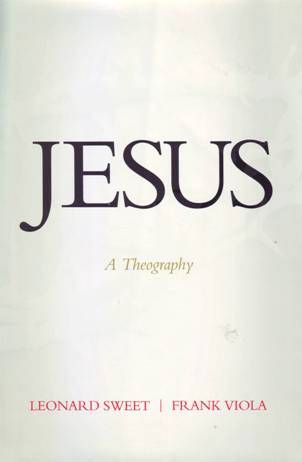 When we peel back the genealogy of our Lord from both Mary’s and Joseph’s sides, we come to a startling revelation. God the Father chose some of the worst examples in human history to be blood kin to the Son of God Himself.
When we peel back the genealogy of our Lord from both Mary’s and Joseph’s sides, we come to a startling revelation. God the Father chose some of the worst examples in human history to be blood kin to the Son of God Himself.
Consider the Lord’s kinfolk: –
- Judah – a Jew who had sex with his daughter-in-law, thinking she was a prostitute ~
- Tamar – a Gentile who bore two sons out of incest ~
- Rahab – a Canaanite prostitute“ –
- Ruth—a Moabite (the Moabites’ lineage began with incest between Lot and one of his own daughters) –
- David – a king who committed adultery and murder –
- Bathsheba – a woman who committed adultery.
Can you imagine a more embarrassing lineage? It’s certainly no lineage suited for a king. Yet these were the ancestors of the spotless, holy Son of God. They are His great-great-great-grandmothers and great-great-great-grandfathers.
This was no accident. It was the sovereign choice of a sovereign God, who chose each of these people to be the blood kin to our Lord. This poses good news for every child of God. In the words of Hebrews, ‘He is not ashamed to call them brethren.’
Jesus Christ was willing to come from a humiliating lineage-—a lineage His Father chose for Him—to show us that no past is so shameful that God cannot make it beautiful. No matter what you may have done in your past, Jesus Christ is not ashamed to call you His brother or sister. What comfort and rest we find in that kind of a God.
Jesus, A Theography, Leonard Sweet & Frank Viola, Thomas Nelson, Nashville, 2012, p.58


